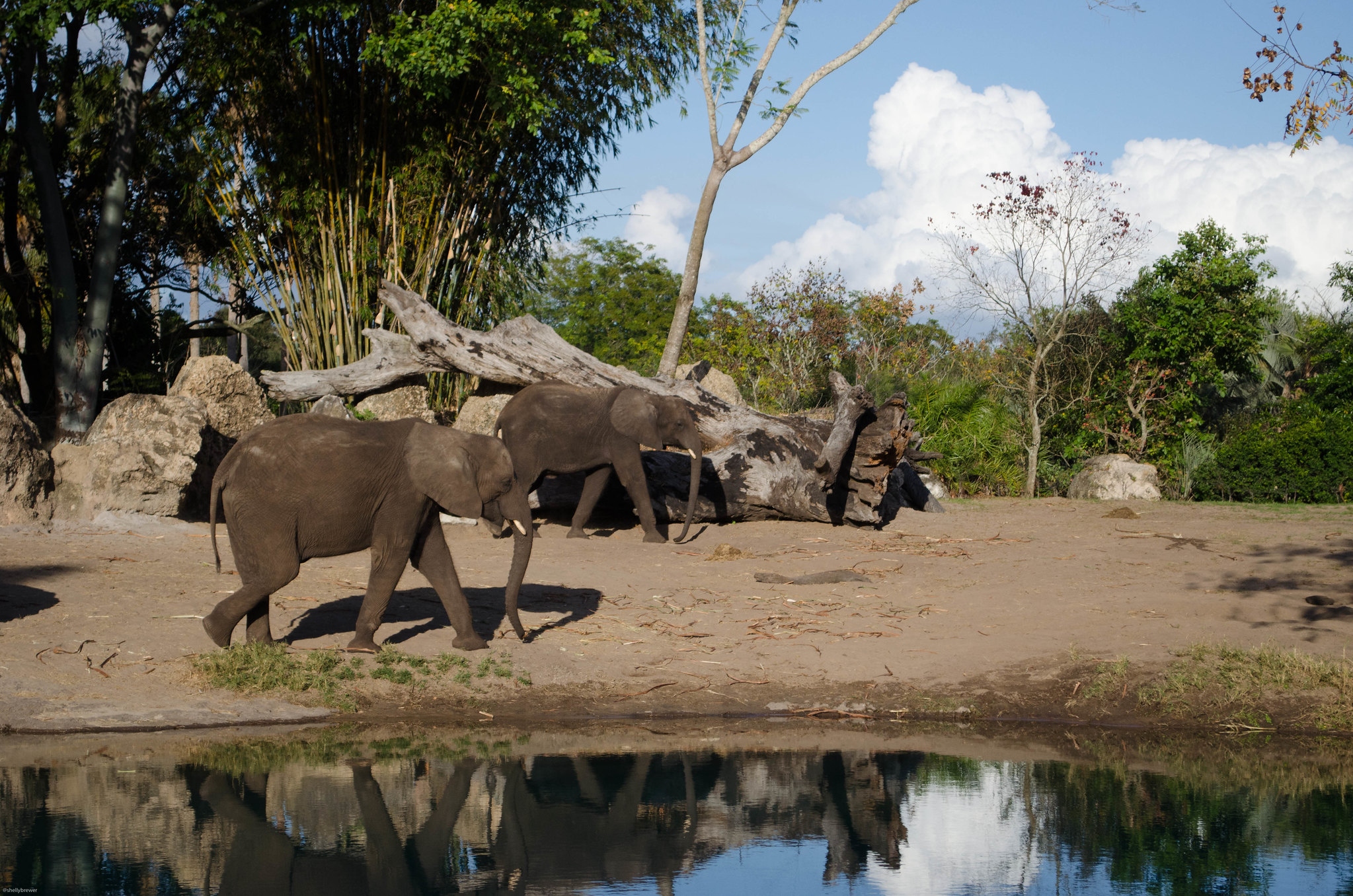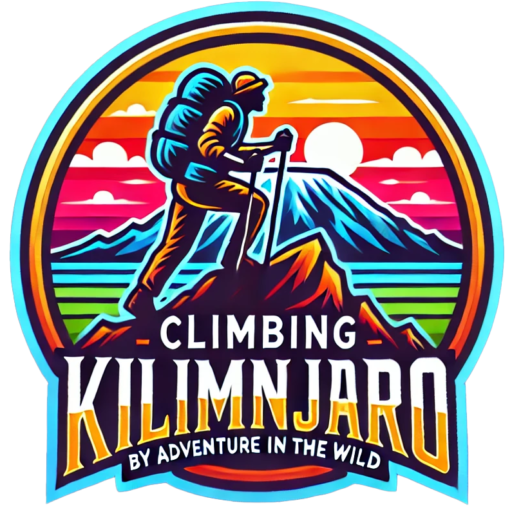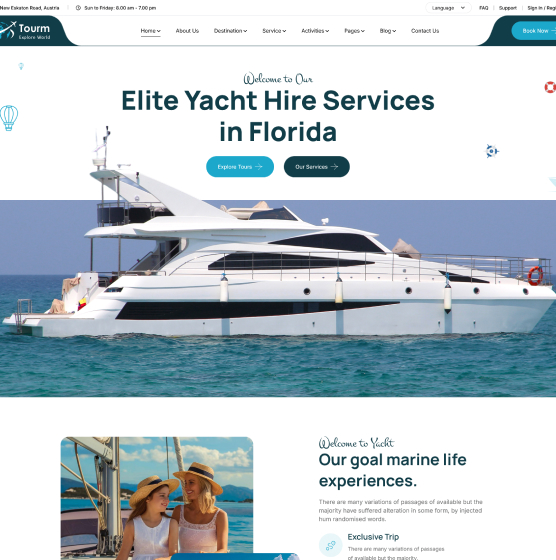Disney’s Kilimanjaro Safari vs. Real Safari: How Does it Compare?
Disney’s Kilimanjaro Safari vs. Real Safari: How Does it Compare? Many people want to go on a trip one day. Kilimanjaro Safari, a popular Disney feature, makes you feel like you’re on an African safari. But how does it measure up to a real safari?
This article compares these two events.

What does Disney’s Kilimanjaro Safari mean?
Over 30 species live on 110 acres of land that make up Disney’s Kilimanjaro Safari, which is 20% of the whole Animal Kingdom Park. Visitors can board an open-air vehicle that accommodates 35 people to explore the Harambe Wildlife Reserve exhibit. There is a safari guide who drives the car and talks about the animals as they go. The ride lasts for 18 minutes.
Kilimanjaro Safaris offers the following animals.
African wild dog, Ankole cattle, African bush elephant, Black-crowned crane Black rhinoceros, Wildebeest in blue, Hello, Bongo, Bontebok, Cheetah, There are more than one species of eland, ostrich, warthog, flamingo, kudu, and zebra in this area. Giraffe, hippopotamus, lion, mandrill, and Masai Small goat from Nigeria, The Nile crocodile, Nyala, Okapi, Pelican with a pink back, sable antelope, saddle-billed stork, scimitar oryx, spotted hyena, There are springbok, waterbuck, white rhinoceroses,
Safari Setting Up
The story of Disney’s Kilimanjaro Safari takes place in an amusement park. Kilimanjaro Safari is an excellent simulation of a safari, meticulously designed to replicate the stunning scenery of Africa. At 110 acres, it gives you a glimpse of the African desert, but it’s not as wild or unpredictable as the real thing.
There are big natural areas or national parks in Africa where you can really go on a safari. These trips give people a real experience by putting them in the middle of the wilderness in a large area. The Serengeti, which is the most famous game park in the world, covers almost 4 million acres. Five hundred different kinds of birds, 4,000 lions, 1,000 leopards, and over 2 million ungulates live there.
Vehicles for Safari
Disney’s Kilimanjaro Safari uses specially made GMC and Ford trucks to take visitors through the show. It turns out that these are actually modified GMC cars that can run on propane. Each one reportedly costs just over $100,000 to purchase and adjust. Cast Members drive the animals without a track for their safety, allowing them to stop quickly if necessary.
Tanzanian tours usually use custom-made Land Cruisers.
To enhance the safari experience, these cars have undergone modifications. Some important customizations include open or pop-up roofs that allow for unobstructed views of wildlife, stronger suspension systems designed to handle rough terrain, and enhanced 4WD capabilities for navigating difficult areas.
Many of these cars provide options for obtaining park information, and several are equipped with fridges for drinks. Comfort and a great view are the hallmarks of the seats, which also frequently incorporate photo-taking features. These changes make sure that you are safe, comfortable, and have a great trip experience.
Meetings with Wildlife
Kilimanjaro Safari has many animals that live in Africa, like lions, elephants, and giraffes. Professionals take good care of these animals in a controlled setting so that tourists can see them often. As assumed, there are walls between the animals, so there is no hunting in the park. However, the design of these walls, intended to blend in with the environment, obscures their true purpose.
Because of the restrictions, the interactions between people and animals are not normal in this managed setting. Last but not least, Disney’s ride only lasts 18 minutes, which makes it very hard to see animals.
Real safaris, on the other hand, usually last for several days or even weeks and include trips to different parks and areas. The wildlife encounters are random and hard to plan. The animals are where they belong, and they are acting as if they would in the wild. The fact that it’s hard to predict is part of the appeal. It’s possible to see everything from exciting hunts and magical births to grazing animals and sleeping beasts.
Aspects of Education and Conservation
The theme park at Disney Springs puts a lot of stress on learning and protecting the environment. Guides teach you about animals and their habitats, and the experience raises awareness of environmental issues. However, the statements hold true, and the event primarily serves as a source of enjoyment.
But in Africa, safari guides usually start talking about animals and their habitats based on what the people on the tour are seeing or doing. Often, safaris contribute to conservation efforts and support local businesses. Park fees directly support protecting wildlife by paying for things like anti-poaching measures, managing grass and water, and building new trails.
Experience with Culture
Disney strives to create authentic experiences, yet it falls short in capturing the diversity of cultures found in a region such as Africa. The cultural elements shown are a broad, maybe even stereotypical, picture and don’t have the depth that you’d find in real life.
An African tour isn’t just about seeing animals; it’s also about really becoming part of the culture. It is possible for tourists to connect with locals, learn about native cultures, and enjoy the many traditions that exist on the African continent. This is often the best part of traveling.
In conclusion
Disney’s Kilimanjaro Safari is fun and informative, but it’s not really a replacement for an African safari. You cannot replicate the unpredictability of wildlife, the vastness of natural settings, or the continent’s rich cultural history. No other trip can compare to a real safari for getting close to nature and learning about the rich culture and natural beauty of Africa.


















